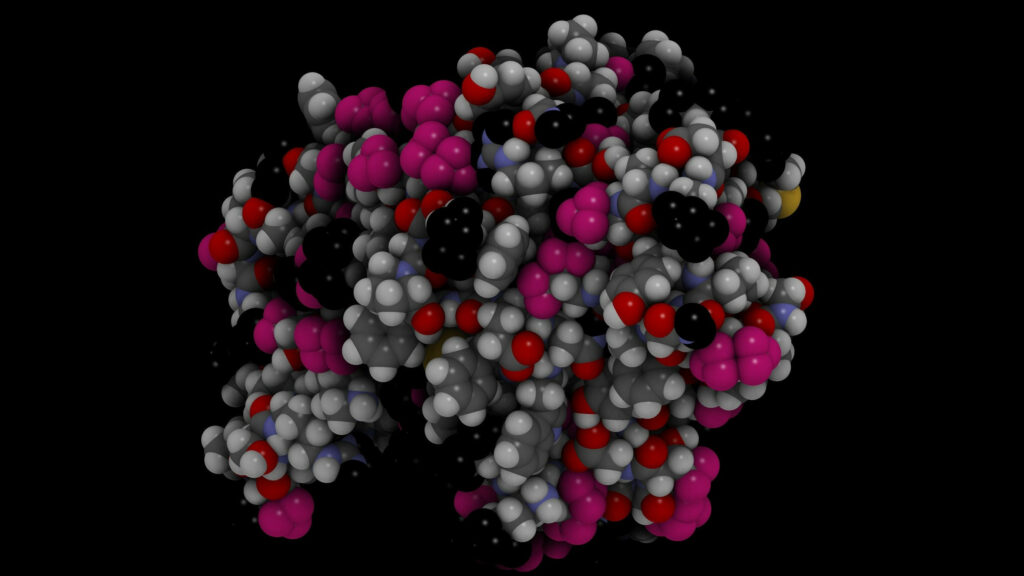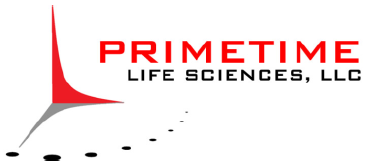
Primetime is collaborating (CRADA) with NIDDK/NIH to develop small molecule TRHR agonists that are metabolically stable and able to cross the blood-brain barrier might serve as drugs for the treatment of patients with several central nervous system disorders and obesity.
This project aims to discover small drug-like molecules that will activate (agonists) the human TRHR, a member of the 7 transmembrane-spanning receptor (7TMR) (or G protein-coupled receptor, GPCR) family. TRHR is localized throughout the central nervous system, as well as in several peripheral organs and tissue. TRHR agonism exerts arousing and analeptic actions in various animal behavioral paradigms as well as produces rapidly developing mood-elevating effects in patients with clinical depression. Furthermore, TRH has shown promising results in the treatment of CRF in a preliminary clinical study. More recently, our collaborator, Dr. Gershengorn showed excellent efficacy of a TRH analog, taltirelin (TAL), in mouse models of CRF. Although TAL has better plasma stability, is more orally bioavailable, and is more efficacious in animal models than TRH, it has less than optimal drug-like properties in vitro and in vivo to be an effective drug for CRF. TAL has been marketed in Japan for > 15 years, but it is not approved by FDA.
We have identified a lead compound and it has shown higher intrinsic efficacy than TAL with greater potency suggesting that it stimulates a higher level of signaling at lower doses than TAL, that is, it is a “super-agonist” at the TRHR. It also has better metabolic stability, improved oral bioavailability, and excellent efficacy in the mouse model of fatigue. Thus, our lead compound has a great potential to be a rapid, efficacious, and safe treatment of CRF with a unique mechanism of action.
